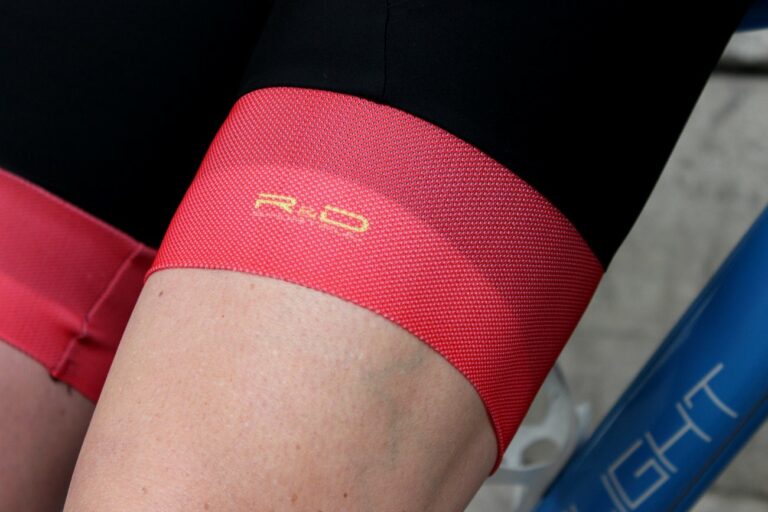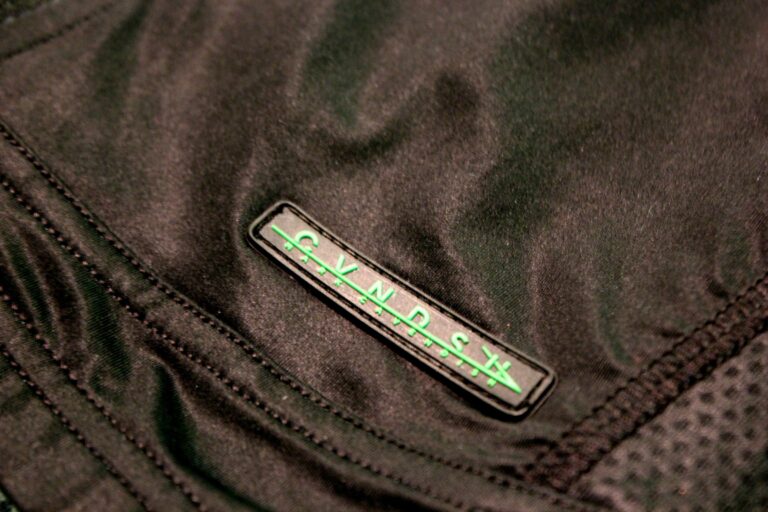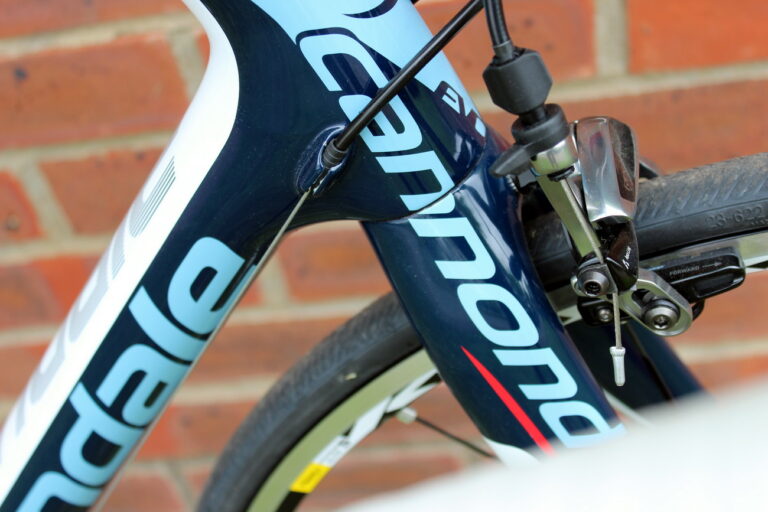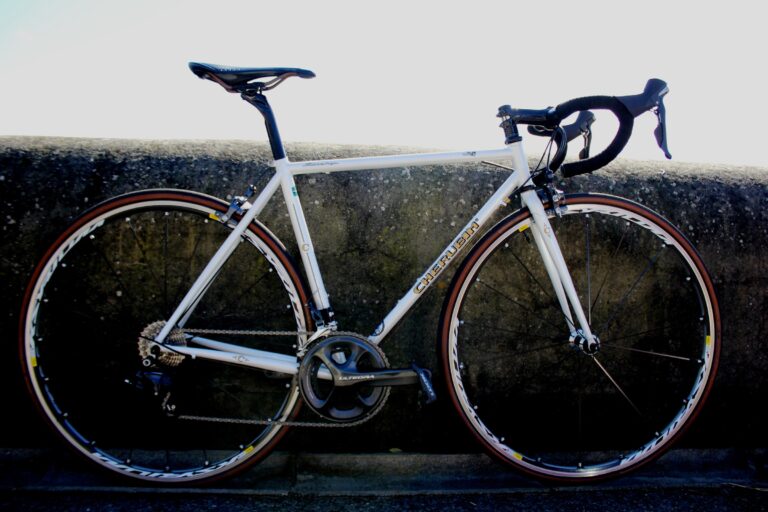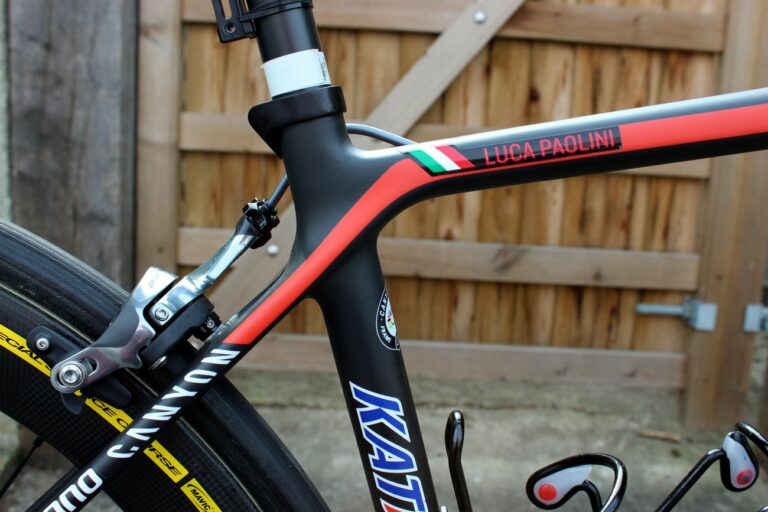Lapierre have unveiled the Pulsium ‘endurance’ bike – to be ridden by the FDJ.fr squad at the cobbled Classics.
The new frame, Lapierre’s second launch of the year after the aero Aircode in January, uses a ‘shock absorbing elastomer ring’ in the toptube to improve comfort. It’s described as a “workhorse for the long Classics and tough road races” and debuted with FDJ.fr at E3 Harelbeke, with the French WorldTour squad also set to ride the new bike at the Tour of Flanders and Paris-Roubaix.
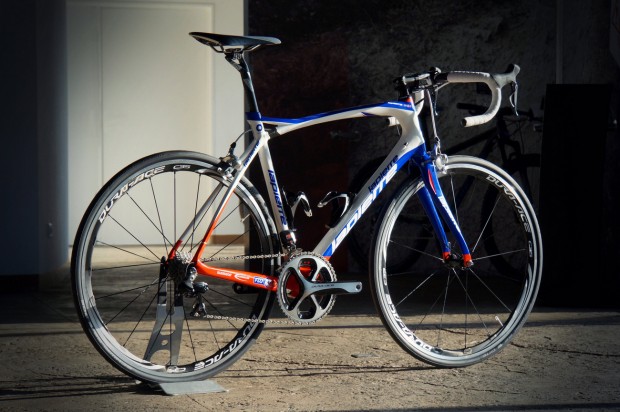
The ‘endurance’ bike market has grown significantly in recent years, with the Specialized Roubaix, Trek Domane, Bianchi Infinito CV and Cannondale Synapse among the machines launched. The Classics season has, as a result, become one of cycling’s most important shop windows and Lapierre are the latest manufacturer to throw their hat into the ring.
The Pulsium has been a year in development and is said to combine the stiffness required of a bike destined for the UCI WorldTour, with a forgiving ride which takes the edge of rough roads – and not least the cobbles and pavé of northern Europe.
The elastomer ring is the Pulsium’s most striking feature and it sits close to the junction of the toptube and the seattube. The compression of an absorbing ring allows the seattube to flex, according to Lapierre, thereby improving comfort. The curved toptube has also been shaped to improve the ride quality, as have the curved and skinny seatstays. The carbon fibre layup of the fork, meanwhile, has been tweaked to increase its ability to soak up vibrations, while a increased offset (50mm v 43mm) is designed to help the fork act like a leaf spring.
It’s not just the fork that’s received a revised carbon layup. Lapierre say each tube has been designed specifically to its function, while all carbon fibre are a 40-ton tensile modulus or below as that, they reckon, offers better resistance to impacts and improved vibration absorption.

As a result of all that, Lapierre say the Pulsium, which also utilises a 27.2mm seatpost (the skinny standard on bikes like this), offers 27 per cent more vertical flex than the existing Sensium. More stability on rough roads, means less physical stress for the rider, say Lapierre.
The frame also employs Lapierre’s ‘Power Box Technology’, which essentially means the lower half of the chassis has been designed to offer the stiffness required to win races – so the headtube, downtube and chainstays are all oversized. Lapierre say the Pulsium is equal to the Xelius EFI in terms of stiffness – and we were impressed by the rigidity of the Xelius EFI 600 when reviewed back in January.
‘Endurance’ bikes normally have a more relaxed geometry than race-specific machines and the Pulsium is no different – it’s for that reason, along with claims for improved comfort, that bikes in this mould are increasingly popular away from the pro peloton. As a result, the Pulsium has chainstays that are 4mm longer than the Xelius EFI, for greater stability and more tyre clearance, and a headtube that’s 15mm higher, for a more upright riding position.
Other features include an adapter for the rear brake which means you can run either short or long reach calipers, with clearance for tyres up to 32mm-wide with the latter. The integrated seatpost clamp also has an aero profile, while there are internal cable guides throughout to stop the cables rattling about on bumpy roads.
That’s all we know for now. The bike will be available in the shops in July, with builds specs and prices announced shortly before – for now you’ll have to make do with seeing it under FDJ.fr riders at the Tour of Flanders and Paris-Roubaix.
Website: Lapierre


